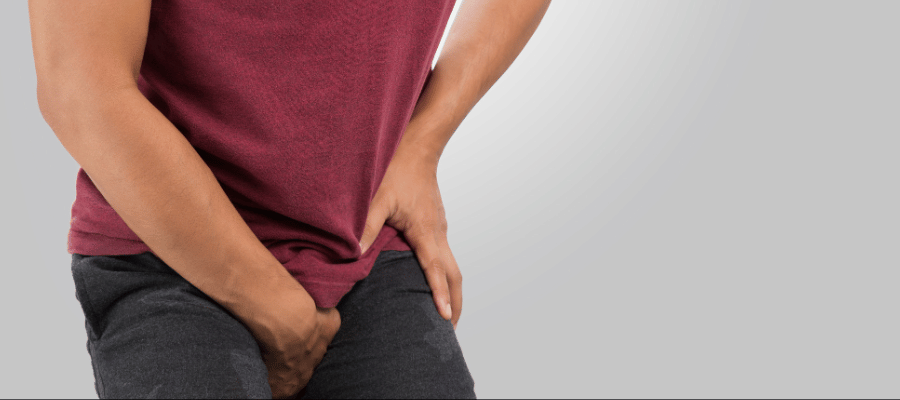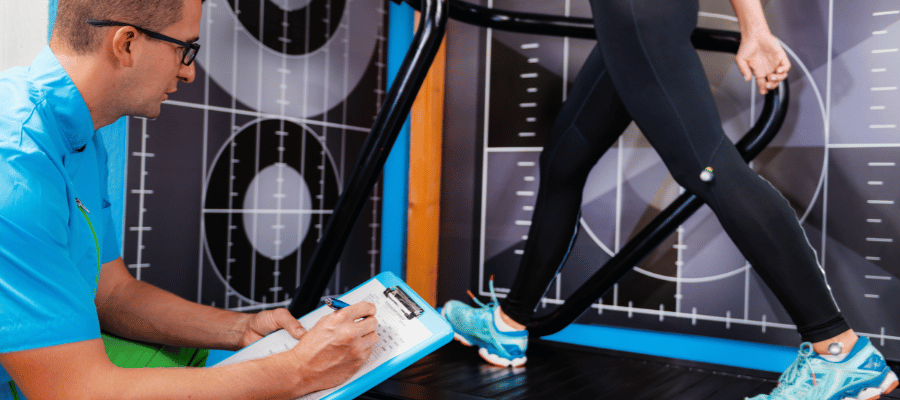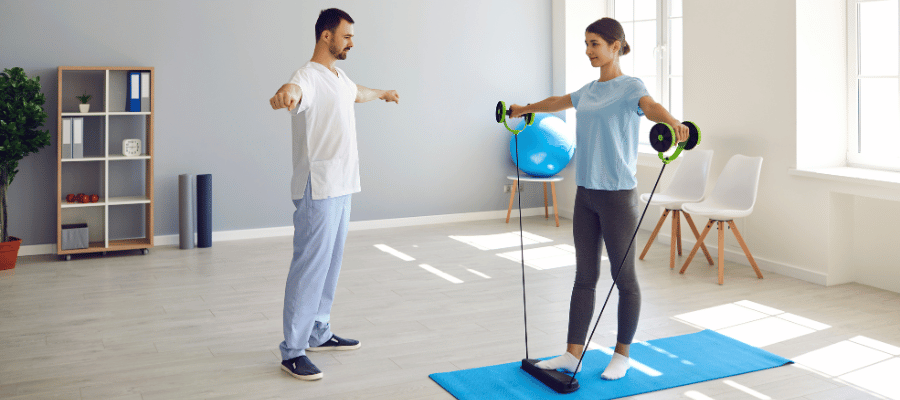What is Groin Pain ?
Table Of Contents
- Introduction: Understanding Adductor Muscle Strain
- Causes and Symptoms
- Commonly Seen Scenarios
- Treatment and Management
- Conclusion
Introduction: Understanding Adductor Muscle Strain
Adductor muscle strain, commonly known as groin strain or groin pull, is a prevalent injury that affects athletes and individuals engaged in various physical activities. This type of strain occurs when one of the muscles in the inner thigh, known as the adductor group, becomes stretched, injured, or torn. It can range from mild discomfort to severe pain, impacting mobility and daily activities.
Causes and Symptoms
Groin strain typically occurs when the adductor muscles are subjected to excessive stretching, overexertion, or direct trauma. Athletes involved in sports that require sudden bursts of speed, directional changes, or extreme stretching are particularly susceptible. Common symptoms include pain in the inner thigh, swelling, bruising, muscle spasms, weakness in the leg, and difficulty walking.
Commonly Seen Scenarios
The risk of groin strain is heightened during sports activities such as sprinting, basketball, football, hockey, and skiing. Factors like inadequate warm-up, fatigue, and extreme stretching increase the likelihood of injury. Proper warm-up routines, muscle strengthening exercises, and flexibility training can help reduce the risk of groin strain.
Treatment and Management
Treatment for groin strain typically involves rest and proper care, with recovery times ranging from 4 to 8 weeks. The RICE method—Rest, Ice, Compression, and Elevation—is often recommended to alleviate symptoms and promote healing. Resting the affected area, applying ice packs, using compression wraps, and elevating the groin can help reduce pain and swelling. Additionally, preventive measures like muscle strengthening exercises and regular stretching routines can minimize the risk of recurrence.
Conclusion
Adductor muscle strain, though common, can significantly impact one’s quality of life, especially for athletes and active individuals. By understanding the causes, symptoms, and treatment options for groin strain, individuals can take proactive steps to prevent injury and promote recovery. With proper care and preventive measures, individuals can regain mobility, strength, and confidence in their physical activities.
Groin strain is a reminder of the importance of proper warm-up, conditioning, and injury prevention strategies in sports and daily life. As we strive to stay active and pursue our passions, let’s prioritize our musculoskeletal health and well-being.
“At Arunalaya Healthcare, we pride ourselves on being the best physiotherapy center in Delhi. Our dedicated team of experts offers top-notch physiotherapy treatment tailored to your needs. Experience the difference with the leading physiotherapy clinic in Delhi area. Our commitment to excellence ensures that you receive the best physiotherapy care possible. Trust Arunalaya Healthcare for the best physiotherapy treatment in Delhi. Our advanced physiotherapy solutions set us apart as the premier choice for your rehabilitation needs. When it comes to physiotherapy, our center stands out as the best in Delhi. Choose Arunalaya Healthcare for comprehensive physiotherapy solutions that deliver results. Visit Arunalaya Healthcare today and discover why we are the best physiotherapy center in Delhi.”
Physiotherapist in Patel Nagar | Physiotherapist for Home Visit in Patel Nagar | Physiotherapy in Patel Nagar | Best Physiotherapist in Patel Nagar | Physiotherapist Near Me | Physiotherapy Near Me | Best Physiotherapist in Delhi | Best Physiotherapist in India | Physiotherapy Center in Patel Nagar | Spine Clinic Near Me | Back Pain Physiotherapy Near Me | Sports Physiotherapist in Delhi | Stroke Physiotherapy | Paralysis | Cerebral Palsy | Best Sports Injury Physiotherapist in Delhi | Best Sports Injury Physiotherapy in Delhi | Physiotherapy Home Service | Physiotherapy at Home | Home Visit Physiotherapy | Advanced Physiotherapy in Delhi | Physiotherapy Clinic Near Me | Chest Physiotherapy Near Me | Physiotherapist for Tennis Elbow Relief | Tennis Elbow Exercises | Tennis Elbow Pain Management | Tennis Elbow Treatment | Preventing Tennis Elbow | Tennis Elbow Rehabilitation










